Today's aviation technology is due for some changes. Recent technological advances could spell the next great leap in aeronautical technology.
Today’s commercial flight systems are considered the safest way to travel, with only 1 death per 16 million flights – this is equivalent to only about 2 fatalities. In 2017, there were no passenger fatalities on any commercial flight, making it the safest year in aviation history.
Compare this to automotive travel, for which there are about 40,000 deaths per year. This is also in contrast to space travel in which there are 1.4% fatalities, although this number is getting better with each passing year as rocket propulsion technology matures and becomes safer. This is quite a high number. For example, for comparison if there were 1.4% of airplane fatalities that would be over half a million deaths (532,000), with 38 million airplane passengers in 2018 – although in reality there were zero (0) airplane deaths.
Although today’s planes are extremely safe, in fact, the absolute safest way to travel, they still present many challenges that new technology has the potential to overcome.
Current aviation technology is due for major changes
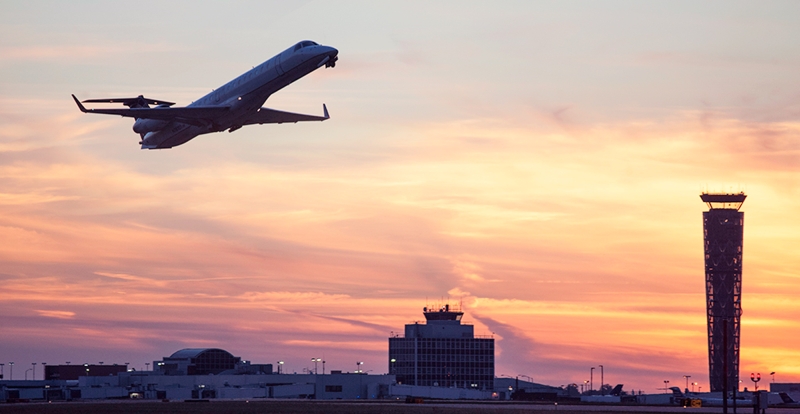
Still, there are some significant challenges with both airplane technology as well as rocket technology that are obvious and unavoidable with existing technologies. We can be sure, for example, that rocket engines are not the next stage of technological development for commercial flights. It would be too volatile, dangerous, not to mention loud, to be a viable replacement on existing airplane models, although it may have some practical usage for independent intercontinental travel in solutions like the BFR by SpaceX.
Traditional airplanes for commercial travel utilize jet engines, which use combustion – small controlled explosions and high speed spinning blades to direct the exhaust to drive propulsion. While this technology has been engineered to the point of near absolute safety and perfection, it has reached close to the limits of the technology.
There are not many ways to improve the jet engine. You could use a slightly more aerodynamic but previously undiscovered shape, although computer models have engineered this to the brink of perfection. You can use greater soundproofing materials to mask the sound, but again, there is not much more that can be done within the current limits of material science and aerodynamics.
Major challenges with jet engines: sound and weight
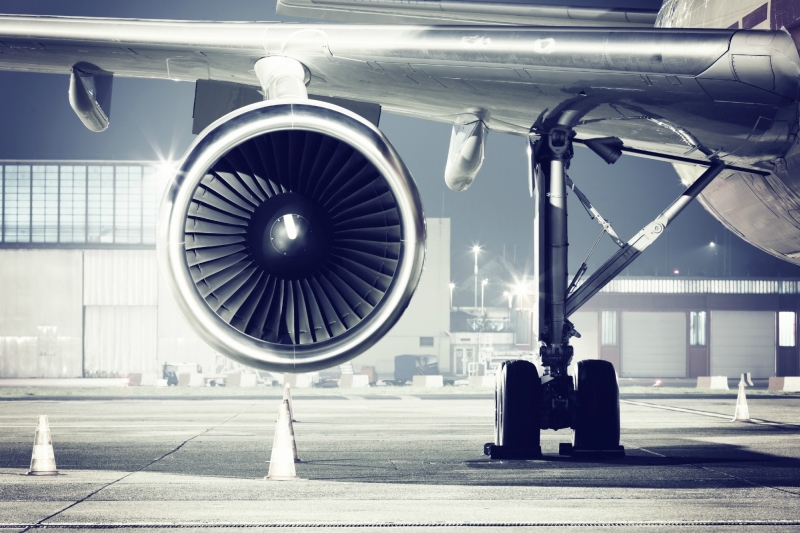
Some of these insurmountable challenges posed by the jet engine include sound problems – which are not only caused by the moving parts themselves, but also interaction with the atmosphere causing loud noises and limiting the speed by which the plane can fly over land. For example, commercial airlines are not allowed to fly supersonic over land because the current design will cause sonic booms – a sonic blanket – that can cause irritation on the ground, damage equipment, disrupt farm animals, and many other problems.
Moreover, it is not only sound, but also moving parts. While the safety of the moving parts inside a jet engine have been engineered to near-perfection, these moving parts still present challenges. For example, the danger of a bird flying into the engine. This is somewhat avoidable, but what is unavoidable is the additional weight required to protect, insulate, and shield the moving parts. Moreover, the moving parts themselves also add additional weight.
The additional weight of all that is required to use a jet engine significantly increases the weight of the plane, and as a result, increases fuel consumption. Increased fuel consumption increases operating costs, which in turn increases the cost of airline tickets and also increases business expenses for transporting items like mail and equipment. This then increases the cost of mail and package delivery, which also increases the cost of consumer goods since companies need their packages transported in order to build the products which you may drive to the store to buy.
Limitations with distance that a jet can travel
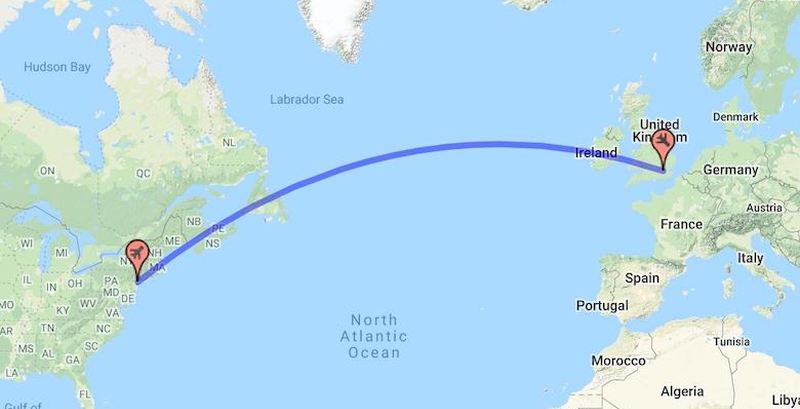
Another problem with increased fuel consumption goes beyond mere cost, but also the distance that a plane can travel, and the increased refueling frequency. Since a plane is already heavier due to the moving parts of the heavy jet engine, its shielding and insulation, and all its components, a plane can only hold so much fuel, since fuel itself also has weight that adds to the total payload of the airplane. This creates a limitation in how much fuel a plane can hold before it reaches its maximum weight; and also, with increased weight, it burns through this same fuel faster.
This ultimately means that there is a limited maximum distance for which an airplane of a certain size fully loaded can travel. This also increases delays due to the need to refuel rather frequently, which takes time and logistics. For example, a flight may be help up 30 minutes or longer just because the particular plane is due for refueling.
Moreover, moving parts increase maintenance costs. Maintenance costs not only increase consumer and business expenses who utilize this technology for transporting people, items, and equipment, but also decrease the ultimate lifespan of the plane before it can no longer handle refurbishment and needs to be ultimately decommissioned, since the cost of maintenance will eventually be higher than the cost of a new plane with better, newer, and improved technology.
Challenges with combustible fuel
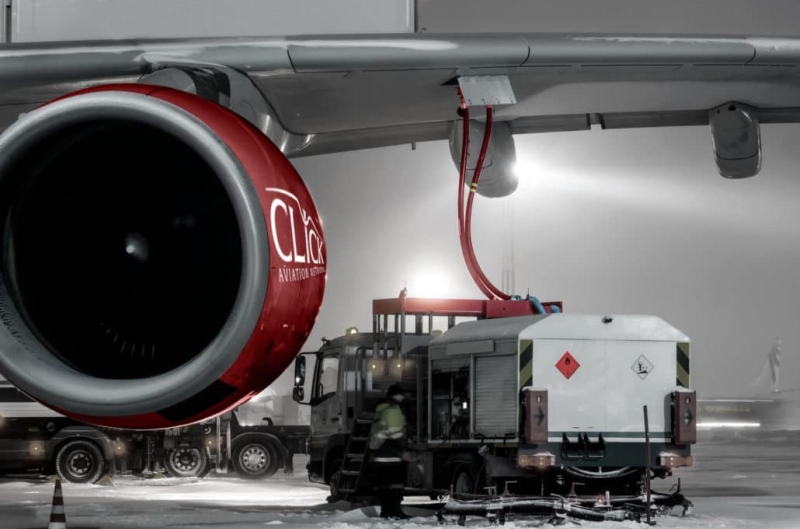
Lastly, one of the other major concerns about jet engines is the combustion factor. Since jet engines operate on controlled explosions, it needs fuel which is volatile enough to explode. While it is true that despite this limitation, there is a near-zero risk of anything happening, the reality is that the extremely few times that something does happen, the combustible fuel on board becomes a liability during a crash.
Not only that, since crashes almost never happen, but another issue with regards to the combustibility of fuel for the jet engines is the increased time and costs that go into ensuring that the fuel is actually safe for travel and transportation. This includes extreme safety measures during fueling, increased logistics, increased weight in the plane to adequately shield the fuel, and other cost and logistical issues that increase expense and decrease time efficiency, which ultimately results in increased transportation costs and the chain reaction of business and consumer costs mentioned above.
It is very much true that jet engines have reached the peak of safety, but it does so at the expense of time, cost, logistical concerns, and limited distances, among other issues. Therefore, which airplane transportation is definitely the most efficient and cost-effective strategy for transporting people and goods long distances, it is definitely not the final and optimal solution that mankind will ever invent.
Could jet engines be improved?
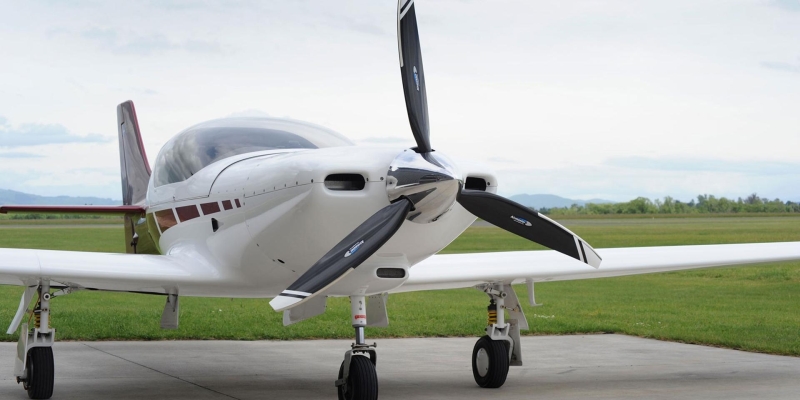
While it is a possibility that there are future advances in jet engine technology that could largely or even completely overcome the practical challenges the jet engine causes, it would take a giant leap in the field of jet propulsion, to a degree that on our current path is a long way off, if ever. This is why it will take a dramatic change to completely replace the jet engine in order to overcome its weaknesses and shortcomings.
Such a dramatic change is not unprecedented in aviation. The first successful planes used propellers, but today, almost no commercial airplanes use this technology with the exception of small, location, old towns in remote areas and some charter flights. Though propellers may seem similar to jets, since a jet engine looks like it has many propellers, it is in fact not at all related. Jet technology is a dramatically different technology than propeller technology.
While propellers simply spin fast enough to push the air in front to the back quickly in order to generate thrust, jet engines utilize controlled explosions, and the “propellers”, if you could call them that, are merely a component in the total functionality of the engine. Both technologies can result in thrust and ultimately lift, but one is far more efficient than the other at the same task. Therefore, it would not be unusual for a brand new technology to completely replace the jet engine if it could be found to eliminate the challenges of the jet engine.
The successor to the jet engine

Days ago, engineers at MIT successfully engineered a working model of the ion pulse engine, a technology which has been under development for decades. While it may be a few years before this technology is commercially implemented, this experiment marks the day that ion propulsion technology stepped out of the hypothetical and theoretical and entered the realm of practical science and real technology that is on a course to actualization in coming years.
It seems that ion propulsion technology has all the benefits of the jet engine, with virtually none of the disadvantages. It is probable that this technology is truly the next stage in the progression of aeronautical technology. Not only can the ion engine be used for commercial travel and other aviation, but also as a far safer replacement for rocket engines, and a solution for hyper-long-distance interstellar travel.
The ion pulse engine has no moving parts, and therefore is far more lightweight and dramatically quieter; and the fuel is far less volatile than jet fuel. It really doesn’t get any better than this, at least, probably not in our generation.
Overall it seems conclusive that the successor to the jet engine will be the ion pulse engine. While it might be some time before we start seeing this in commercial use, just like we still don’t have wireless electricity despite it being reinvented over a decade ago (it was first invented by Nikola Tesla, and possibly some thousands of years earlier by the ancient Egyptians; but that is beside the point).
For all those living near airports, the ion pulse engine will be a huge blessing. Not only that, but every part of the aviation industry will benefit from this amazing technology, from commercial aircraft all the way to interstellar spacecrafts. Moreover, with higher potential speeds, perhaps one day we could be flying to other planets, or even solar systems. What do you think?

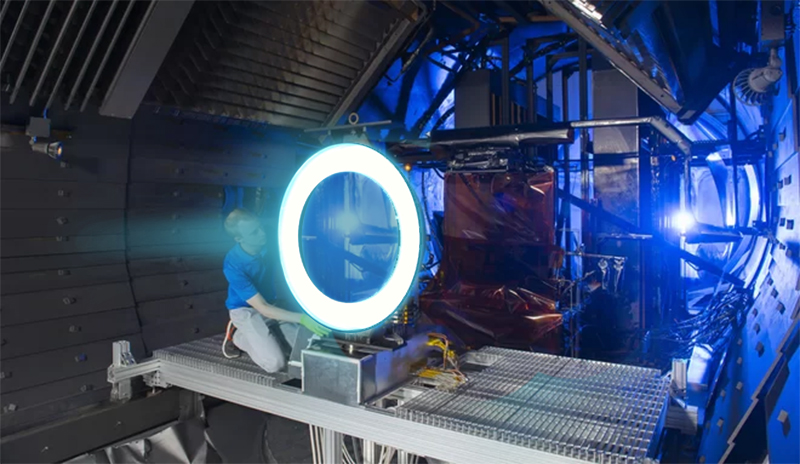



A jet engine operates with controlled explosions???
Everything I’ve read about jets refers to very smooth, continuous combustion, loosely comparable to a rocket engine. The difference is that the oxidizer is the air that the jet engine requires to function.
That a rocket engine is a controlled explosion is wrong. It’s a continuous explosion that is contained and can be throttled. The only time there’s any explosion is when something goes terribly wrong.
A pulse jet engine on the other hand does function via controlled explosions, emphasis on the plurality of the word explosions.